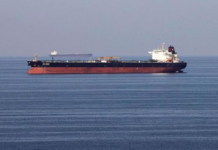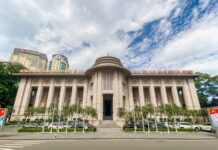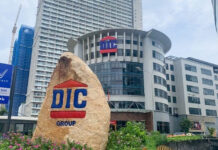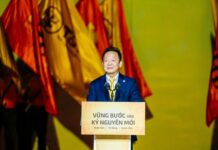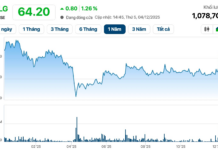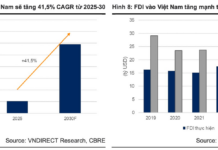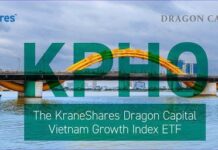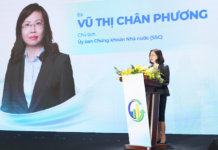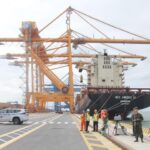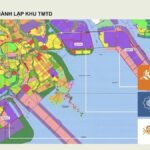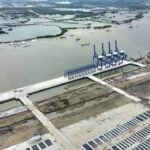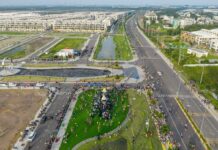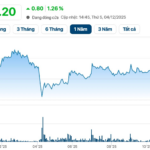The Hai Phong Free Trade Zone is strategically organized into distinct functional areas, including: manufacturing zones, port and port logistics areas, logistics centers, trade and service zones, and other specialized areas as defined by law.
These functional zones within the Hai Phong Free Trade Zone meet the criteria for non-tariff areas as stipulated. They are subject to customs inspection, supervision, and control by customs authorities, as well as state management in respective fields.
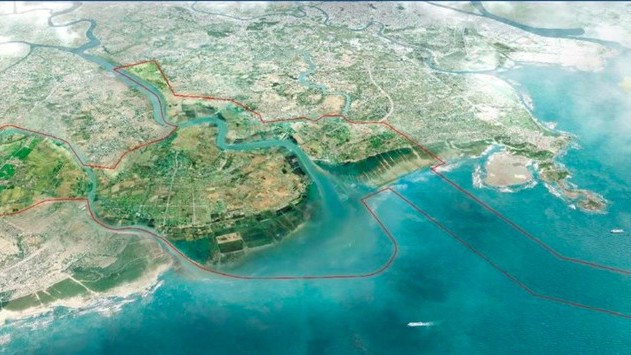
Rendering of the Southern Hai Phong Coastal Economic Zone, one of the key locations hosting the Hai Phong Free Trade Zone.
The Hai Phong Free Trade Zone is a geographically defined area established to pilot specific mechanisms and policies, as outlined in Resolution No. 226 of the National Assembly on the pilot implementation of special mechanisms and policies for Hai Phong’s development.
Spanning nearly 6,300 hectares, the zone is planned across three strategic locations within the city’s coastal economic zones.
The Hai Phong Free Trade Zone is poised to become a new growth engine, contributing to the realization of Resolution No. 45 of the Politburo on Hai Phong’s development until 2030, with a vision to 2045. It aims to emerge as a competitive regional and international hub for manufacturing, logistics, trade, services, high technology, and finance, fostering high-tech industries, innovation, digital transformation, and green growth.
The zone is structured into functional areas, including: manufacturing zones, port and port logistics areas, logistics centers, trade and service zones, and other specialized areas.
Operations, mechanisms, policies, and management of the Hai Phong Free Trade Zone are governed by Resolution No. 226 of the National Assembly and related legal documents.
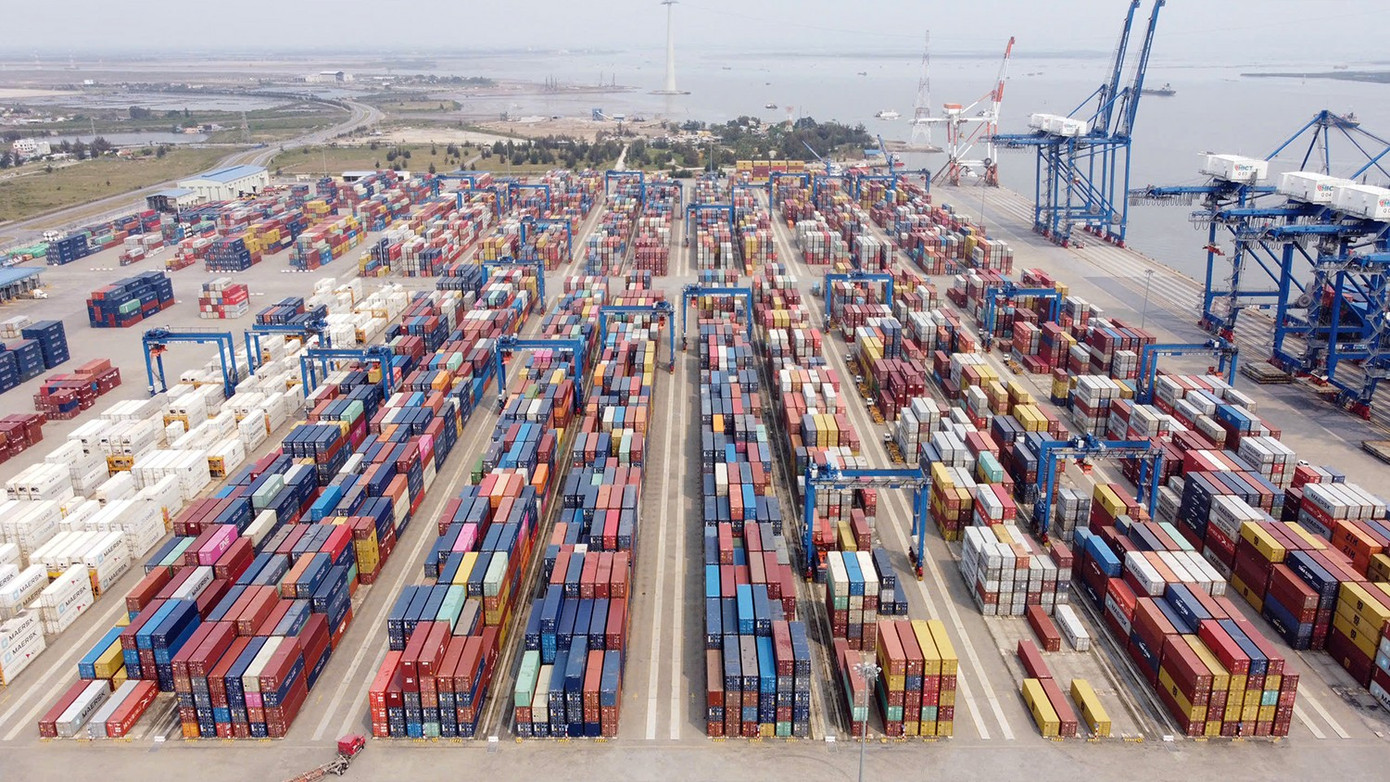
The Lach Huyen International Deep-Water Port, located within the Hai Phong Free Trade Zone.
The Hai Phong Economic Zone Management Board, under the Hai Phong People’s Committee, directly oversees state management of the Free Trade Zone. It manages and provides public administrative services and other support services related to investment, production, and business activities for enterprises within the zone.
Haiphong Plans to Establish 6,300-Hectare Free Trade Zone This Year
The Hai Phong Free Trade Zone is slated to be established in 2025, following the completion of all necessary procedures.
Proposed Free Trade Zone in Long Thanh Airport Urban Area
The Dong Nai Province has proposed the establishment of a free trade area within the Long Thanh International Airport urban area and its vicinity to maximize the potential and development advantages of the airport. This strategic initiative aims to create a vibrant economic zone, leveraging the airport’s infrastructure and connectivity to attract foreign investment, boost trade, and stimulate economic growth in the region. With its convenient location and world-class facilities, the Long Thanh International Airport is poised to become a pivotal aviation hub, and the proposed free trade area will further enhance its significance, creating a thriving epicenter of commerce and trade.


